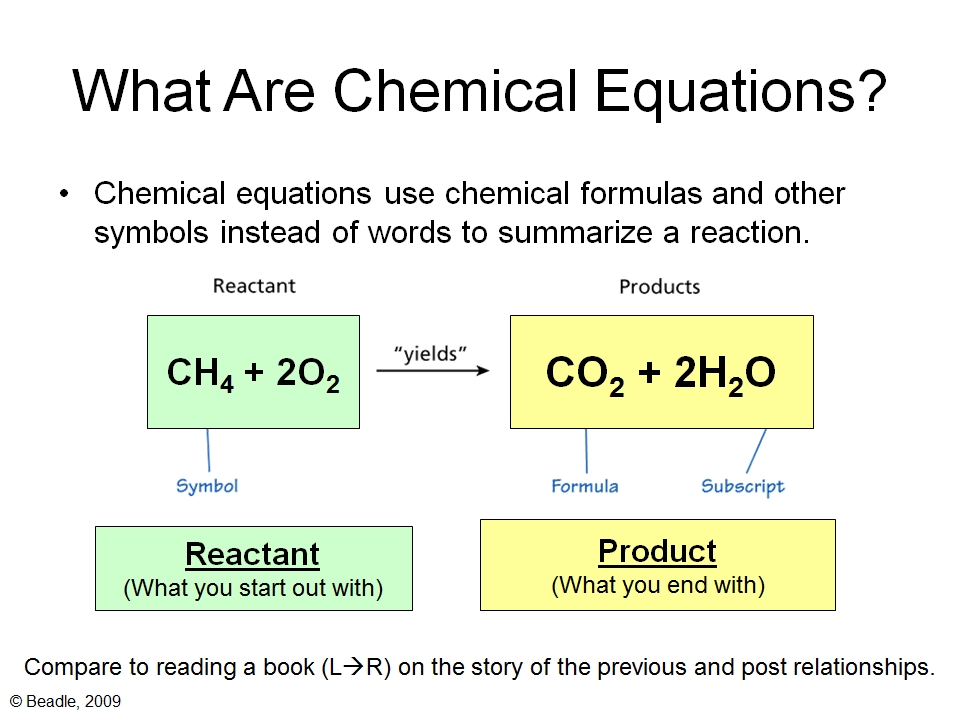

Use uppercase for the first character in the element and lowercase for the second character. In the following table for this reaction:Ĭlick on image below to see a pictorial representation of this. To balance a chemical equation, enter an equation of a chemical reaction and press the Balance button. If all elements are balanced, the equation is balanced.


If each side of the equation has the same number of atoms of a given element, that element is balanced. Balanced chemical equation can be exported through the clipboard for use in other applications. For more calculators, register with us to get the solutions in.
#Chemical equation balancer net ionic how to
Step 2: Count the number of atoms of each type on each side of the equation (for the reactants and for the products). Balancing chemical equations was never as easy before Balancing chemical redox equations and net ionic equations is also possible, as program balances not only atoms, but also charge. Learn how to use the chemical equation calculator with the step-by-step procedure at BYJUS. In the total number of atoms present for each type of molecule.Ĭlick here if you would like to see molecules broken into atoms. Count the number of each type of atom in each type of molecule. Step 1: Break each molecule up into the individual atoms. To see if the equation is balanced, we can follow two steps: If this equation is balanced, the same atoms (in number and identity) will be present as reactants and products. Was the chemical equation previously discussed balanced? Let's take a closer look: That is written so this is true is said to be balanced. Need to be present at the end of the reaction as products. 4) 3 (aq) (molecular equation) is written as 4Fe. Place the coefficient (from the balanced equation) TIMES the ions subscript in front of the ion as its new coefficient. Break apart into ions any strong acid, strong base or soluble salt that has an (aq) after its formula. All of theĪtoms that were present at the beginning of the reaction as reactants also Write the molecular equation (see above) 2. This law has an effect on the coefficients of a chemical equation. In a chemical reaction, atoms can notīe created or destroyed they simply rearrange themselves to form new products. Write a balanced net ionic equation for the acid-base reaction that could. Remember that if there's no coefficient in front of an element, it's assumed that the coefficient is 1.You surely have heard that matter can not be created or destroyed. s), k c the chemical reaction rate constant kmol/(m 2. Now the number of atoms in each element is the same on both sides of the equation, so the equation is balanced. To balance this, add the coefficient 2 before H2 on the left side of the equation so there are 4 hydrogen atoms on each side, like 2H2 + O2 → 2H2O.

However, subscripts can't be changed and are always multiplied by the coefficient, which means there are now 4 hydrogen atoms on the right side of the equation and only 2 hydrogen atoms on the left side. For the equation H2 + O2 → H2O, you would add the coefficient 2 before H2O on the right side so that there are 2 oxygen atoms on each side of the equation, like H2 + O2 → 2H2O. To balance the equation, you'll need to add coefficients to change the number of atoms on one side to match the other. 9 Chemical Equations Molecular, Ionic, Net Ionic Equations (5 of 8) Consider the compounds: silver nitrate + sodium chromate Ag + NO 3 Na + CrO 4 2 molecular equation balance at this stage (use double replacement pattern to predict the products) 2 AgNO 3 + Na 2 CrO 4 Ag 2 CrO 4 (s) + 2 NaNO 3 ionic equation use sol. Since the number of atoms in each element isn't identical on both sides, the equation is not balanced. There are 2 hydrogen atoms and 1 oxygen atom on the right, so you would write "H=2" and "O=1" under the right side. For the equation H2 + O2 → H2O, there are 2 hydrogen atoms being added to 2 oxygen atoms on the left, so you would write "H=2" and "O=2" under the left side. For example, your equation should look something like "H2 + O2 → H2O." Count the number of atoms in each element on each side of the equation and list them under that side. To balance a chemical equation, first write out your given formula with the reactants on the left of the arrow and the products on the right.


 0 kommentar(er)
0 kommentar(er)
